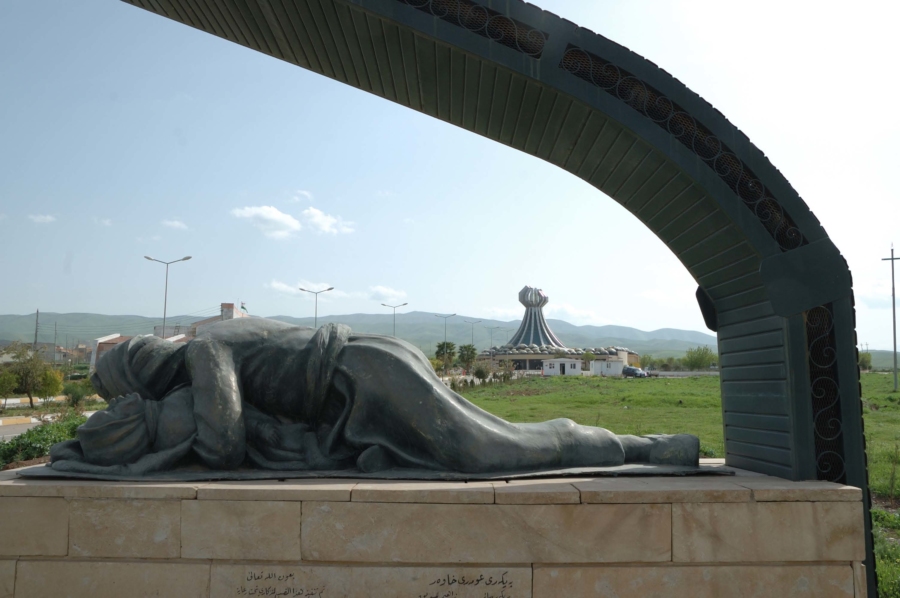It is one of the most prominent historical monuments in the city of Mosul, and it is part of the Great Mosque of Al-Nuri, which was built in the sixth century AH, and was known as Al-Hadba because of its inclination. This minaret is distinguished by its architecture and beautiful inscriptions that reflect Islamic architecture. It represents the absent and present symbol in the minds of the Mosulis, which was associated with many events in the city, and was subjected to complete destruction in military operations, leaving only the prismatic base.
The minaret was built with seven decorative sections in the form of rings decorated with complex geometric shapes and various distinctive Islamic motifs. It consists of a cubic base with a prismatic section, and the building bricks are formed in it with deep and prominent decorations, which formed an exquisite formation associated with the hunchback minaret.













